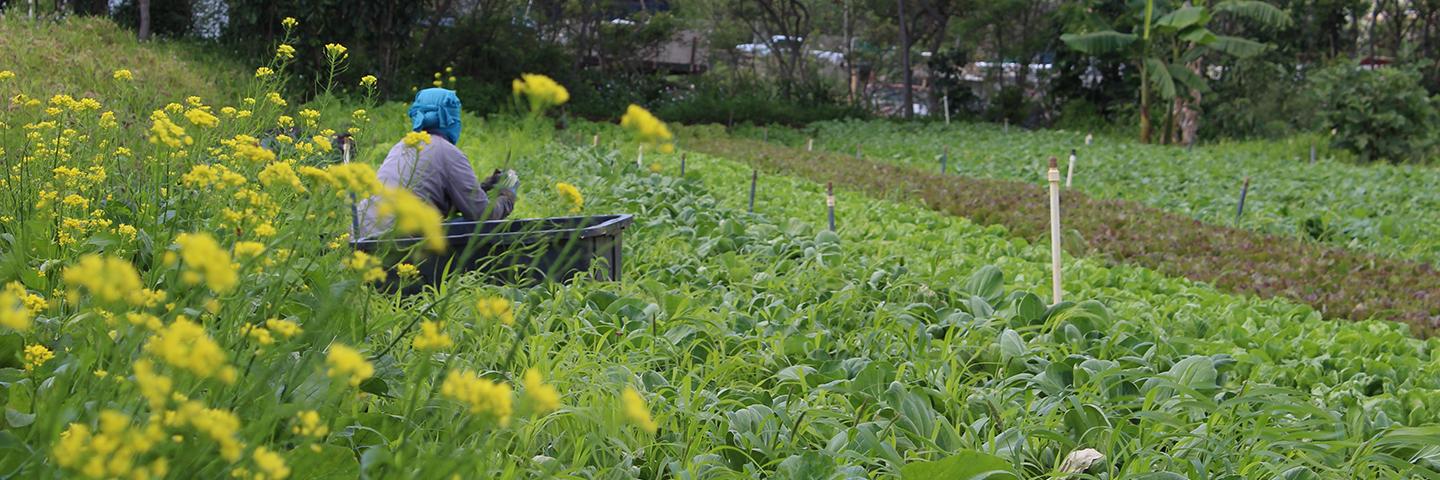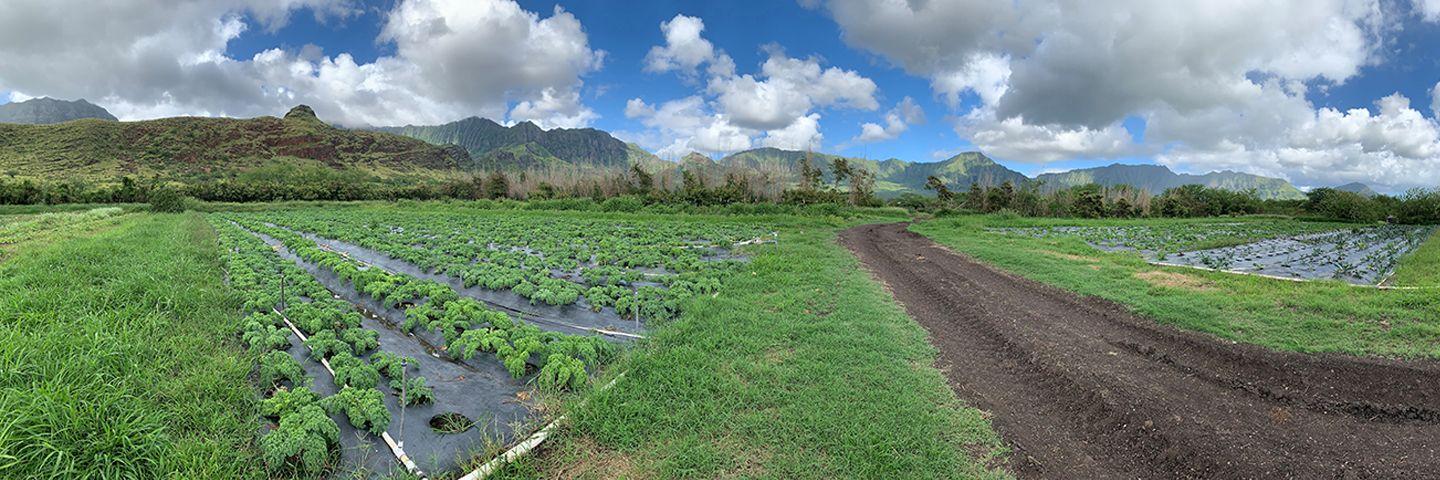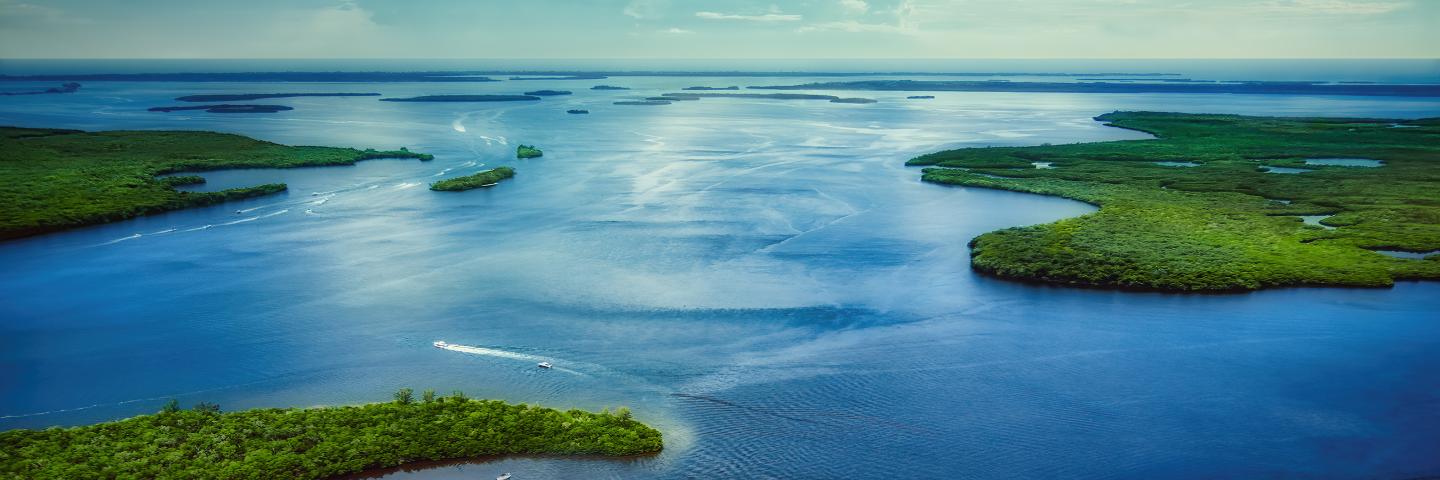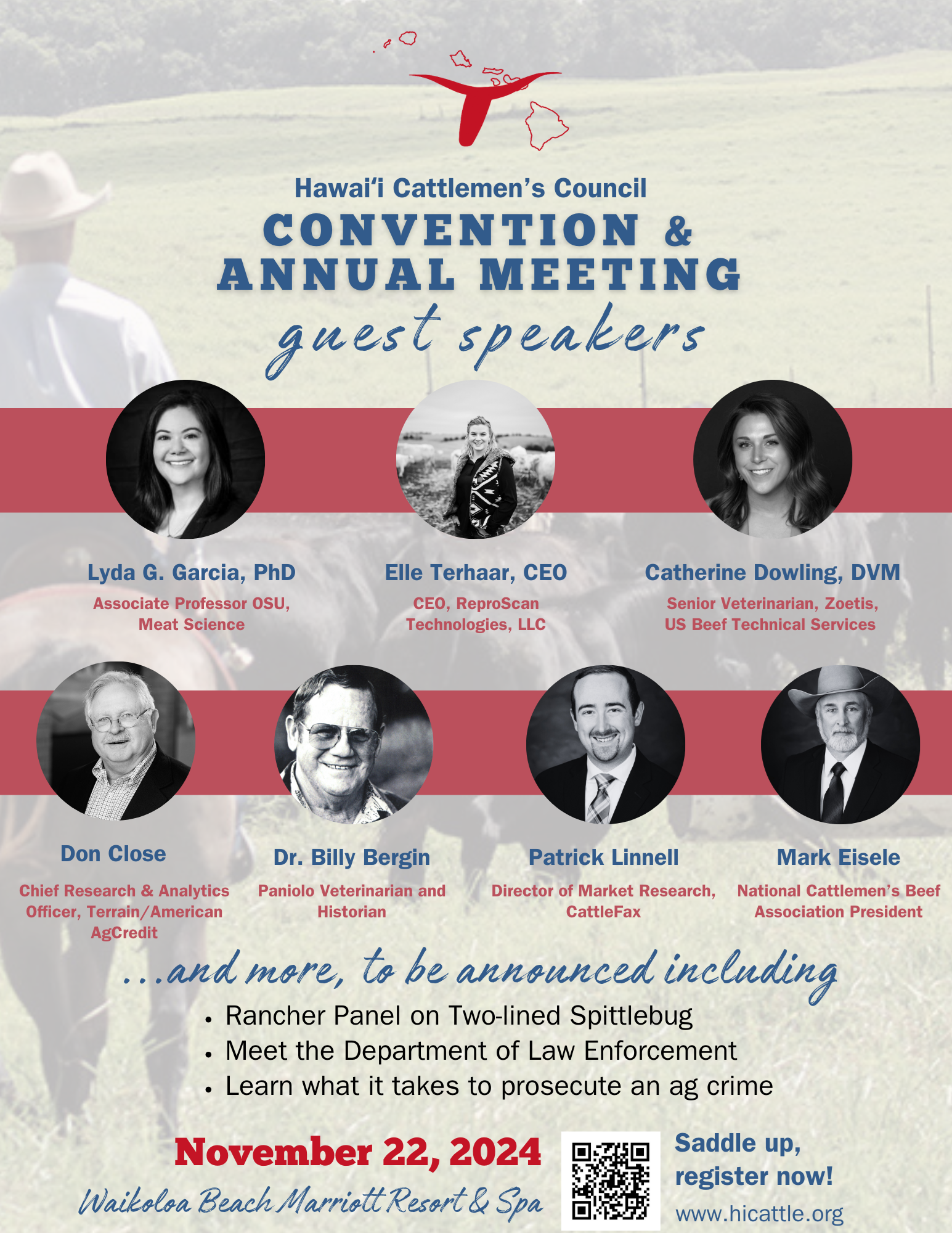.jpeg)
THE 25TH ANNUAL CHRISTMAS IN THE COUNTRY starts Friday, Nov. 29. Sponsored by Volcano Art Center at its gallery in Hawai'i Volcanoes National Park and on its Niaualani campus in Volcano Village, it features the Annual Invitational Wreath Exhibit through Dec. 31, "This year's Christmas in the Country promises an abundance of creativity to welcome the holiday season," says the statement from VAC.
The concurrent Annual Invitational Wreath Exhibit presents one-of-a-kind wreaths in a variety of imaginative media, techniques and styles, from the whimsical to the traditional. This year's theme Sunrise To Sunset reflects Volcano Art Center's 50 year commitment "to creativity in our community! Those looking for truly original wreaths as well as one-of- a-kind, handmade gift items will not be disappointed by the selection created by the local artistic community," says the VAC statement.
Holiday festivities this year spill beyond the park into Niaulani Campus in Volcano Village and to the Annual Volcano Village Artists Hui Tour on Nov. 29, 30 and Dec. 1. See volcanovillageartistshui.com. Community tree lighting from 5:30 p.m. -7 p.m. will be at Volcano Art Center's Niaulani Campus on Friday, Nov. 29.
Erika Polido, Kaʻū Hospital Asst. Administrator in-training serves as a Kaʻū Hospital liaison for the Foundation.
Among the upcoming events are providing turkeys for the hospital Thanksgiving turkey raffle and hosting a bento luncheon for hospital staff on Dec. 13 in celebration of the Kaʻū Hospital Employee Appreciation Week.
 |
| Jane Ancheta, mother of four, pursues a degree in nursing with a scholarship from Kaʻū Hospital Charitable Foundation. |
Angelica Felipe received her scholarship in November. "Angelica is a sophomore at the University of Hawai'i Hilo. She is studying kinesiology and exercise science. Her career goals are to become a physical therapist. Angelica has volunteered at Hilo Life Care Center and was able to assist and shadow nurses and physical therapists to help patients recover from injuries. She believes that community service is a way to give back to others and make a difference in her community," says the Foundation statement.
FUNDING FOR LOCAL FARMERS, RANCHERS AND FORESTERS is available through the U.S. Department of Agriculture's Natural Resources Conservation Service, which has asked this publication to spread the word. The support is for Hawai'i and the rest of the Pacific Islands Area and applications for fiscal year 2025 assistance programs have a deadline of Jan. 31. The funding is for technical and financial assistance through NRCS' Agricultural Conservation Easement Program, Agricultural Management Assistance program, Conservation Stewardship Program, Environmental Quality Incentives Program, and Regional Conservation Partnership Program.
While NRCS accepts applications year-round, applications submitted after the program ranking will automatically be considered during future funding cycles. Applications and more information are available at local USDA Service Centers and online at https://www.nrcs.usda.gov/getting-assistance/get-started-with-nrcs.
 |
| Agricultural Conservation Easement Programs is one of the USDA's National Resource Conservation Service inititives. \ See www.nrcs.usda.gov. |
Funding is available from both the Farm Bill and Inflation Reduction Act, which provides additional resources to help producers expand conservation efforts that reduce greenhouse gas emissions and increase storage of carbon in their soil and trees. In many cases, applications for eligible practices meeting or exceeding state-determined minimum ranking thresholds will automatically be considered for priority funding when applying for EQIP and CSP because of additional flexibilities.
 |
| Conservation Innovation Grants are available for Hawai'i and the Pacific Islands Area. See www.nrcs.usda.gov. |
Producers do not need to apply separately to Act Now and will be considered for priority funding when applying to an eligible practice through EQIP and CSP. Applications are processed in the order they are received, and applications that rank at or above the state-established threshold ranking score will be preapproved, as long as funds are available. When the available Act Now funding limit has been reached, remaining applications may be considered in other relevant ranking pools or rolled over to the next funding cycle.
Once a producer's application is pre-approved, they must still meet eligibility requirements including establishing a farm tract number with USDA's Farm Service Agency if they have not previously utilized USDA programs. After establishing eligibility, producers must complete the planning process and receive notice of approval from NRCS prior to beginning work. Projects started before final contract approval are ineligible for cost-share assistance unless the producer has been granted an early start waiver.
 |
| Agricultural Management Assistance is available in Hawai'i and the Pacific Islands Area. See www.nrcs.usda.gov. |
Agricultural Management Assistance Program: NRCS helps agricultural producers manage financial risk through diversification, marketing or natural resource conservation practices. Producers eligible for AMA can apply for financial and technical assistance to voluntarily address resource issues such as water management, water quality and erosion control by
incorporating conservation into their farming operations.
Agricultural Conservation Easement Program: NRCS can offer to purchase an easement on land with two options – as an Agricultural Land Easement or a Wetland Reserve Easement. Agricultural Land Easements, or ACEP-ALE, offer easement opportunities for agricultural lands that are under threat of conversion to non-agricultural uses, protects cultural resources, and preserves unique and productive soils. To be considered for ACEP-ALE, agricultural operations must work with an approved land stewardship partner in order to apply. Approved land stewardship partners include the Hawaiian Island Land Trust and Moku O Keawe Land Conservancy.
Wetland Reserve Easements, or ACEP-WRE, help private landowners protect, restore and enhance farmed or converted wetlands which have been previously degraded due to agricultural uses. NRCS administers ACEP-WRE through purchase agreements with eligible landowners in a similar application process as other NRCS programs and prioritizes applications based on the easement's potential for protecting and enhancing habitat for migratory birds and other wildlife.
 |
| Conservation Stewardship Programs are available in Hawai'i and the Pacific Islands Area. See www.nrcs.usda.gov. |
Environmental Quality Incentives Program: NRCS provides agricultural producers with one-on-one help and financial assistance to plan and implement conservation practices to address a variety of issues such as water quality degradation, soil erosion, soil quality degradation and inadequate habitat for fish and wildlife.
Special initiatives include: National Water Quality Initiative – open to producers and land operators in Hilo and Kawaihae watersheds wishing to address water quality concerns in nationally-identified impaired watersheds.
Regional Conservation Partnership Program: A partner-driven approach to conservation. NRCS seeks to co-invest with partners to implement projects that demonstrate innovative solutions to conservation challenges and provide measurable improvements and outcomes tied to the resource concerns they seek to address. On this island management projects include:
 |
| Watershed Protection and Flood Prevention are available in Hawai'i and the Pacific Islands Area. See www.nrcs.usda.gov. |
Ainapreneur Rural Farmer Conservation Collective Biochar Initiative - Lead partner Changemakers Hawaiʻi works with producers on the Big Island to increase the adoption and application of biochar and other soil health related conservation practices. Interested participants should contact their local NRCS Service Center or Changemakers Hawaiʻi.
Conservation Incentive Contracts: Conservation Incentive Contracts, an option available through EQIP, offer producers financial assistance to adopt conservation management practices on working landscapes. Producers may use incentive contracts as a "stepping stone" for correcting resource issues on specific land units through EQIP to achieving sustainable stewardship on their entire operation. Conservation Incentive Contracts are available nationwide and help producers address priority resource concerns, like sequestering carbon and improving water quality in high-priority areas.



.heic)






.jpg)
.jpg)